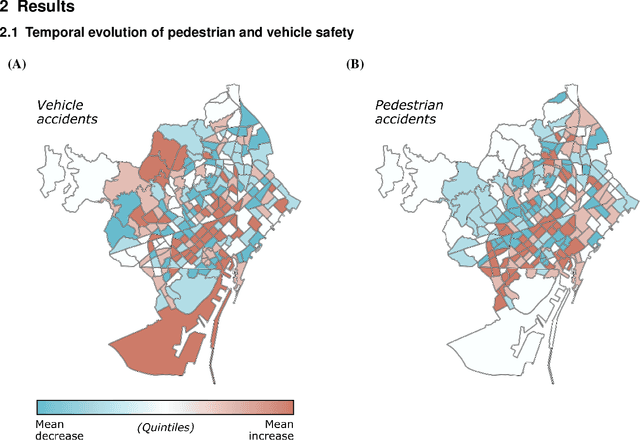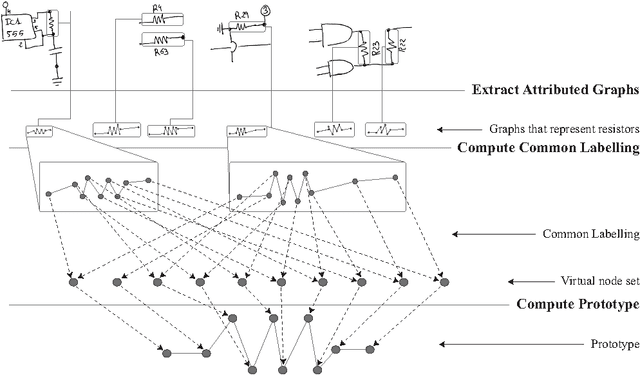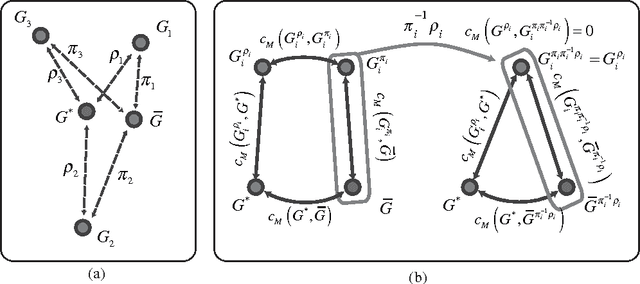Albert Solé-Ribalta
Predicting the impact of urban change in pedestrian and road safety
Feb 03, 2022



Abstract:Increased interaction between and among pedestrians and vehicles in the crowded urban environments of today gives rise to a negative side-effect: a growth in traffic accidents, with pedestrians being the most vulnerable elements. Recent work has shown that Convolutional Neural Networks are able to accurately predict accident rates exploiting Street View imagery along urban roads. The promising results point to the plausibility of aided design of safe urban landscapes, for both pedestrians and vehicles. In this paper, by considering historical accident data and Street View images, we detail how to automatically predict the impact (increase or decrease) of urban interventions on accident incidence. The results are positive, rendering an accuracies ranging from 60 to 80%. We additionally provide an interpretability analysis to unveil which specific categories of urban features impact accident rates positively or negatively. Considering the transportation network substrates (sidewalk and road networks) and their demand, we integrate these results to a complex network framework, to estimate the effective impact of urban change on the safety of pedestrians and vehicles. Results show that public authorities may leverage on machine learning tools to prioritize targeted interventions, since our analysis show that limited improvement is obtained with current tools. Further, our findings have a wider application range such as the design of safe urban routes for pedestrians or to the field of driver-assistance technologies.
On the Relation Between the Common Labelling and the Median Graph
Oct 31, 2012

Abstract:In structural pattern recognition, given a set of graphs, the computation of a Generalized Median Graph is a well known problem. Some methods approach the problem by assuming a relation between the Generalized Median Graph and the Common Labelling problem. However, this relation has still not been formally proved. In this paper, we analyse such relation between both problems. The main result proves that the cost of the common labelling upper-bounds the cost of the median with respect to the given set. In addition, we show that the two problems are equivalent in some cases.
* 12 pages, 2 figures. Published in Structural, Syntactic, And Statistical Pattern Recognition Lecture Notes in Computer Science, 2012. The original publication is available at http://www.springerlink.com/content/e524g4483g146383/
 Add to Chrome
Add to Chrome Add to Firefox
Add to Firefox Add to Edge
Add to Edge